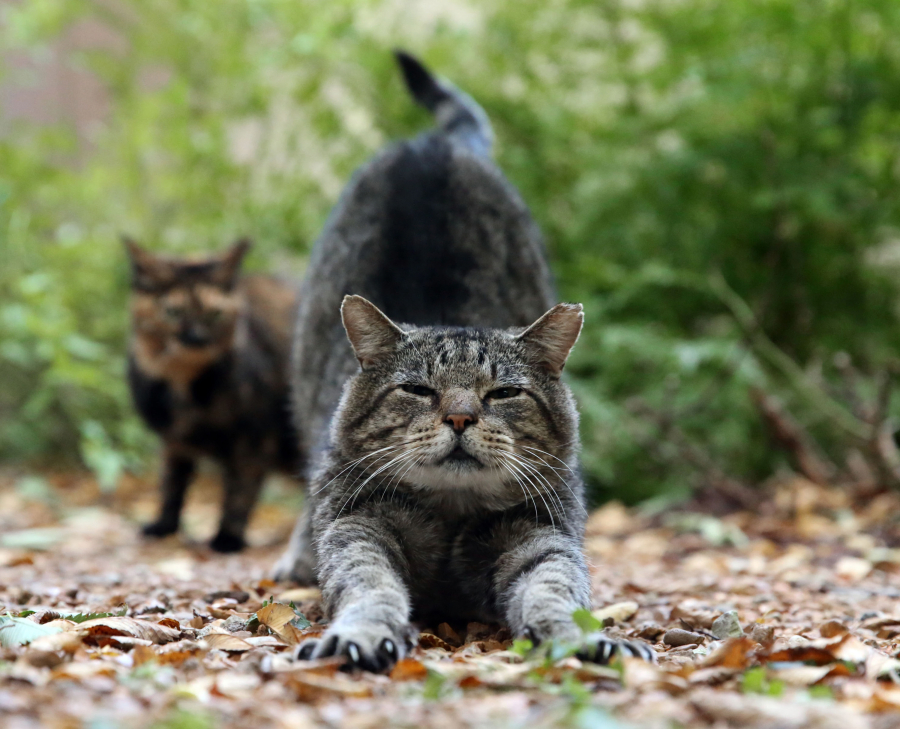Cats Yowling and Fighting
When you hear loud crying (yowling) from outdoor cats or can hear them fighting outside the windows of your home, this can be frustrating. However; these are all signs of mating that are displayed when cats are not sterilized. The best solution for this behavior is to participate in TNR. This will make males less inclined to fight and females will have no need to yowl. Please keep in mind that it will take a few weeks for the hormones to leave a cat’s system. However; once the hormones are gone, the behavior will usually stop.




